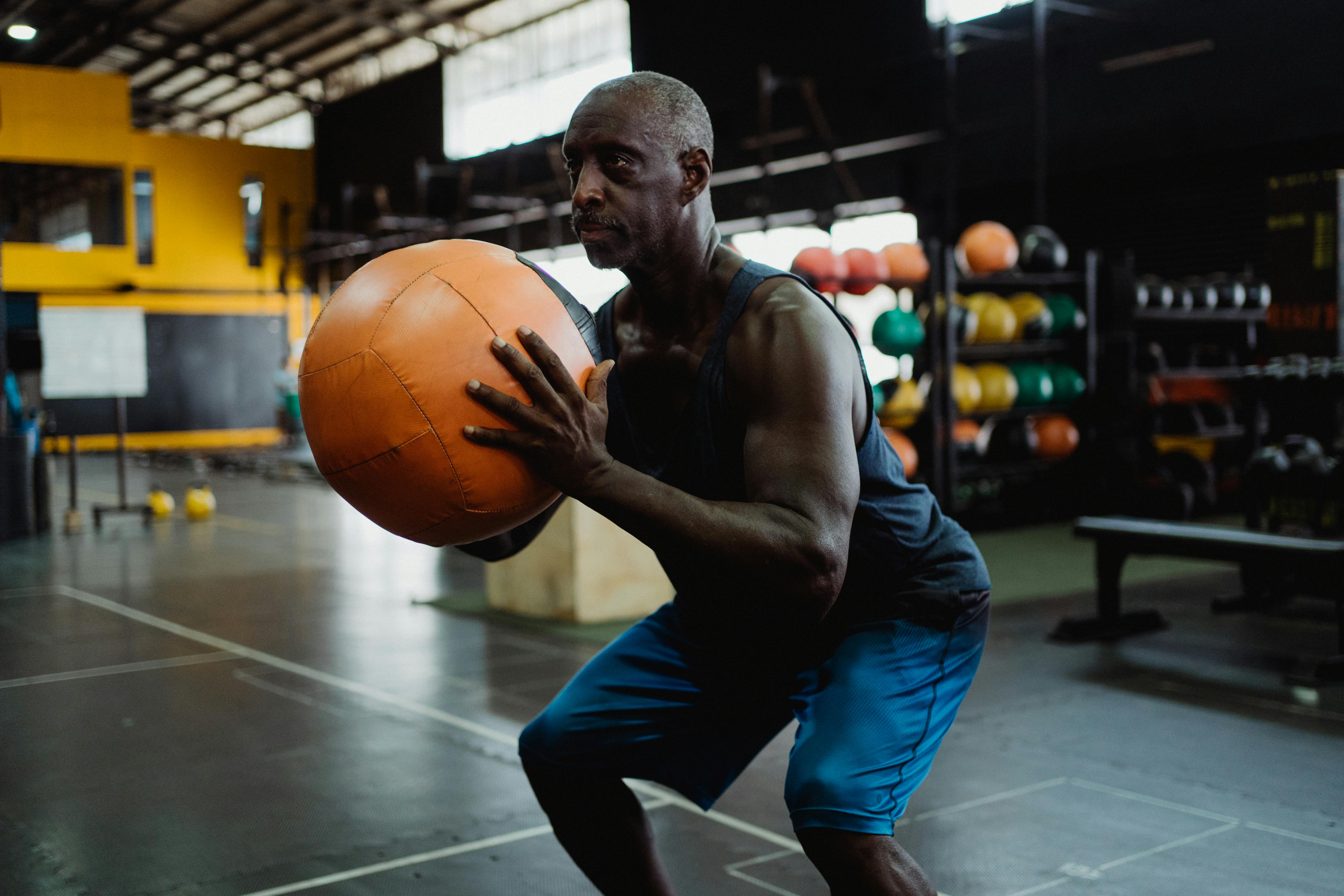There are a few key things to follow when you’re standing at home plate ready to hit. However, before you start swinging the first pitch, it is important to understand the following. Your mindset, proper balance, body posture, arm position, bat position, hip, neck and head placement and swing follow through. This may sound like a lot of batting practice steps for youngsters to follow and understand, but you’d be surprised how much attention they’ll pay, if you can almost guarantee them they’ll hit the ball.
Your hitter’s mindset is important and is further instilled during the previous week’s baseball hitting drills. Unlike in practice, they will be faced with a bad mood from the pitcher and usually big-mouthed demeaning comments from the catcher, hoping to try to confuse their hitter. Your hitter will need to have a solid understanding of the steps mentioned above (we’ll go over each one in more detail), so that his confidence is high, both from the confidence of his voice and breath and, more importantly, from the repetition of successful contact with the ball during a previous batting practice.
When your batter stands at home plate, you want him to initially gain proper balance and spread his legs, back leg behind home plate and the other covering two-thirds of home plate. This stance should be shoulder-width apart and comfortable for the hitter, with both feet pointing forward and not toward the pitcher or catcher. This is not their final stance as will be mentioned in a minute, but for now, when they first walk up to the plate to bat, have them stand with their feet shoulder-width apart.
Standing at the plate during batting practice, you’ll want your hitter to bend their knees about 3-5 times, to make sure they aren’t stiff and feel a bit flexible. Bending their knees several times will also help them feel comfortable and in charge. Your body over the torso should be mostly straight up and down, with a slight curve forward over the plate.
If they are right-handed, their left side should face the pitcher, with the right grip above the left grip when they hold the bat. Likewise, if you are left-handed, you should have your right shoulder toward the pitcher and your left grip over your right, again when holding the bat. As a side note, but extremely important, make sure you follow these steps during batting practice and during every game.
As a right-handed hitter, your right elbow should be positioned about level with your right shoulder, in other words, when you pick up the bat, your right fist should be level with your right elbow, which should be level with your right elbow. his right shoulder. By focusing on forming a level horizontal “V” shape, this will help ensure his elbow stays up and he doesn’t fall.
With proper elbow placement, the bat (for a right-handed hitter) should be tilted forward at about 10 o’clock. Don’t let your hitter start batting practice with the bat down or even at a 9 o’clock angle, rather the bat position between 10 o’clock and 10:30 o’clock is best for the next swing and moving on .
To recap so far, feet should be shoulder width apart, toes pointing perpendicular to the pitcher and catcher’s lineup. Bring the bat toward ten o’clock with your elbow up and level with your fist and shoulder. Now have them twist back, or “hammer” or lift their hips back away from the pitcher.
During batting practice, make sure they bring their front foot back so it’s just a couple of inches from their back foot, and still remain parallel to each other. And don’t let them get sidetracked on game day.
Now have your hitter look that pitcher in the eye and be ready to follow their throwing arm by releasing the ball and don’t let them take their eyes off the ball. And as they watch the ball coming toward them, have them step with their lead foot, uncurl their hips and swing the bat as hard as they can and point their lead foot in the direction they want to hit the ball.
Following these steps mentioned above during your weekly or daily batting practice will help ensure a less timid and more confident team on game day.




